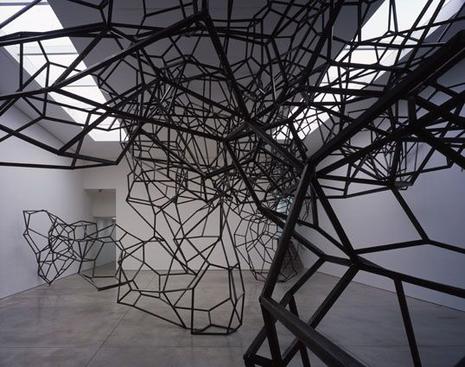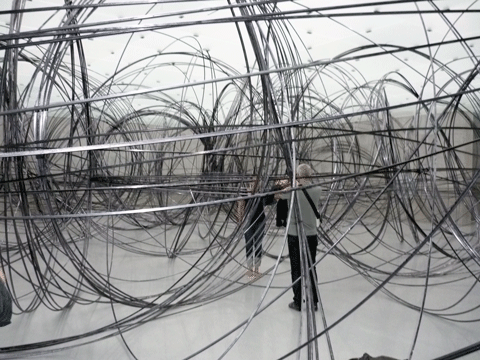 Sensual landscape is Brynhildur Guðlaugs' thesis project for his master degree at IAAC (Barcelona). It dramatizes a bath complex in Iceland's countryside introducing the importance of synesthesia in architecture by a work on colors and thermal atmospheres.
Sensual landscape is Brynhildur Guðlaugs' thesis project for his master degree at IAAC (Barcelona). It dramatizes a bath complex in Iceland's countryside introducing the importance of synesthesia in architecture by a work on colors and thermal atmospheres.The project is based on case studies including the Native American sweatlodge, the Japanese onsen, the Russian banya, the Roman baths or Philippe Rahm's interpretation of architecture.
You can access to the whole pdf here which I recommend in order to appreciate the globality of the work.
Sensual landscape by Brynhildur Guðlaugs
tutors: Belinda Tato & Jose Luis Valleja
IAAC thesis june 2009





via ecosistemurbano












































